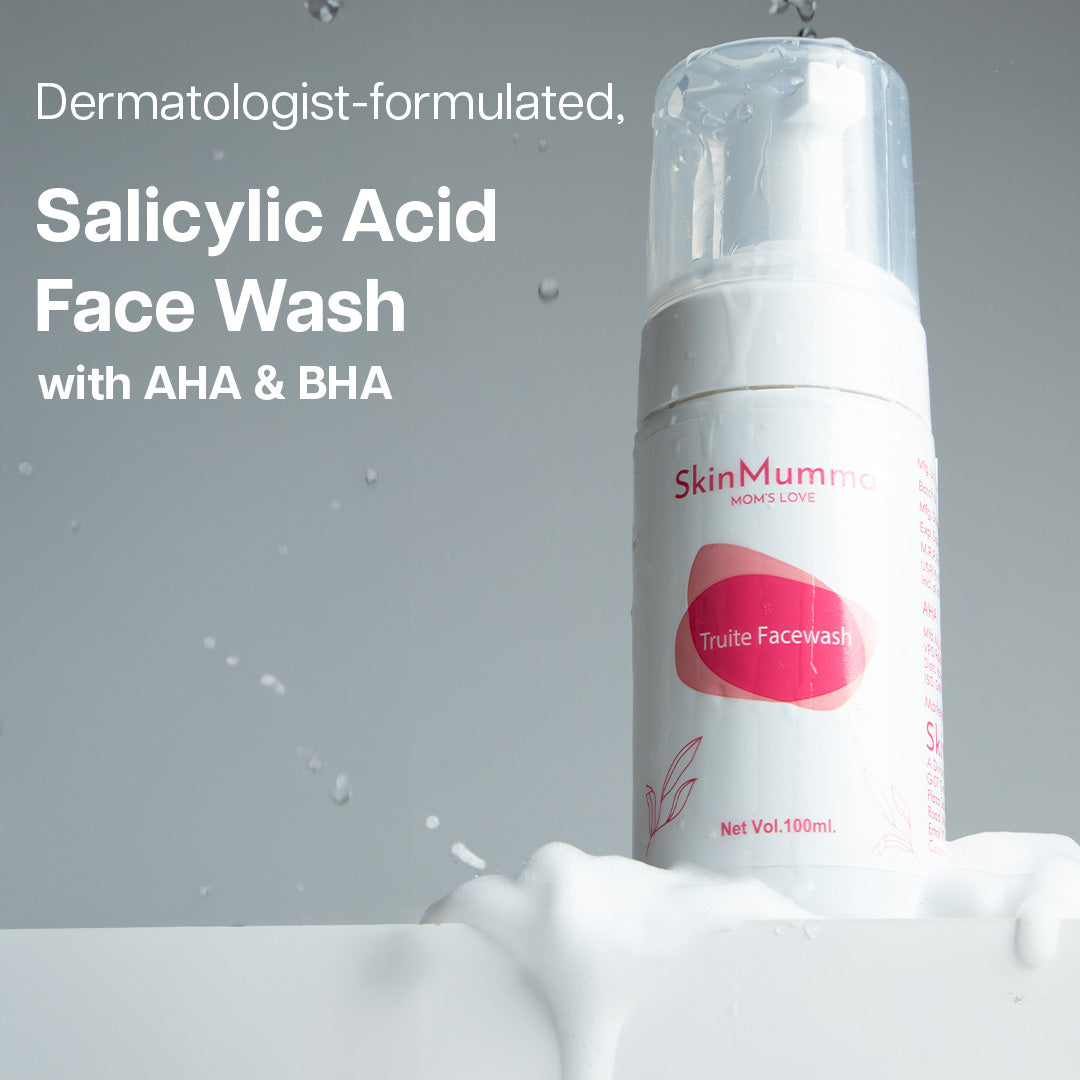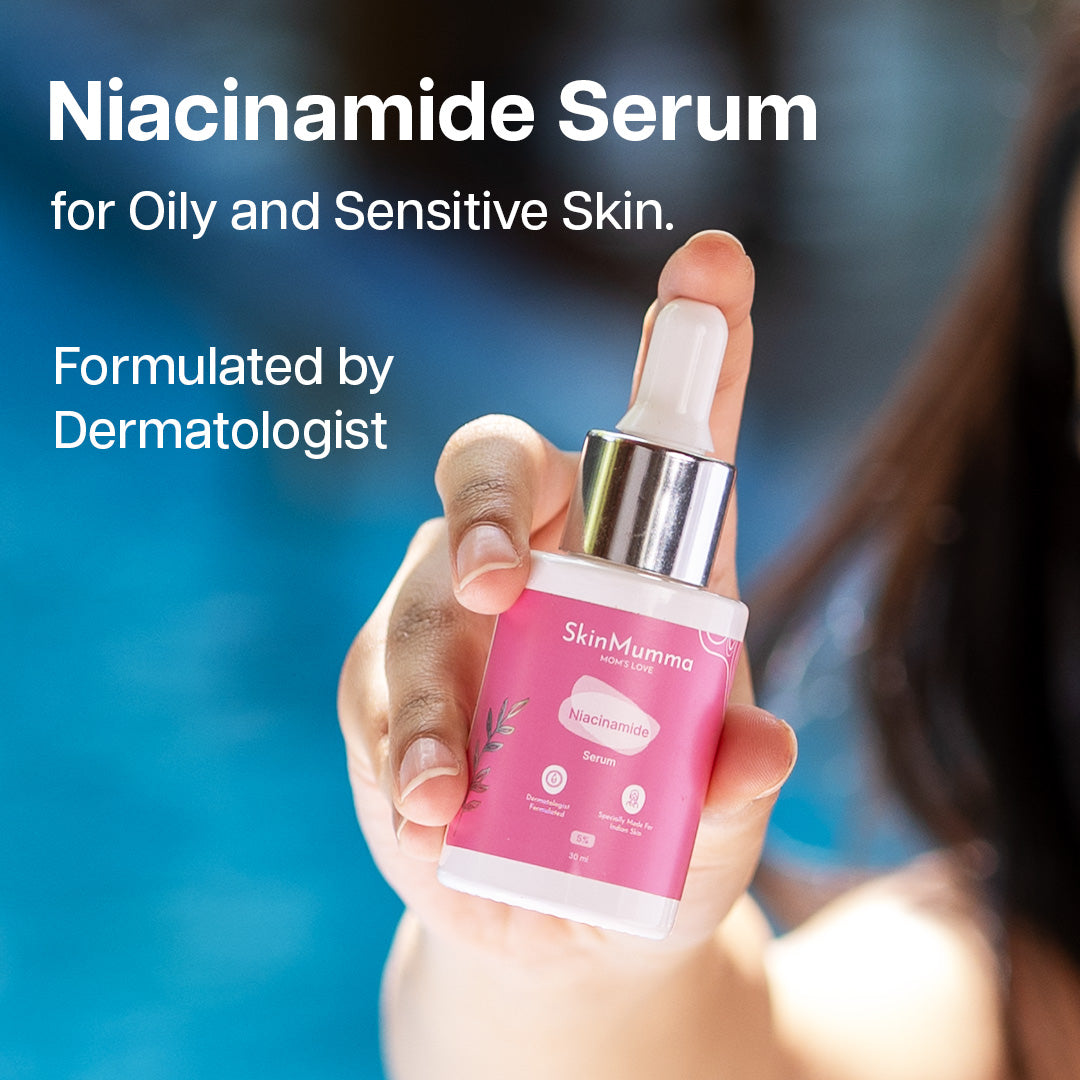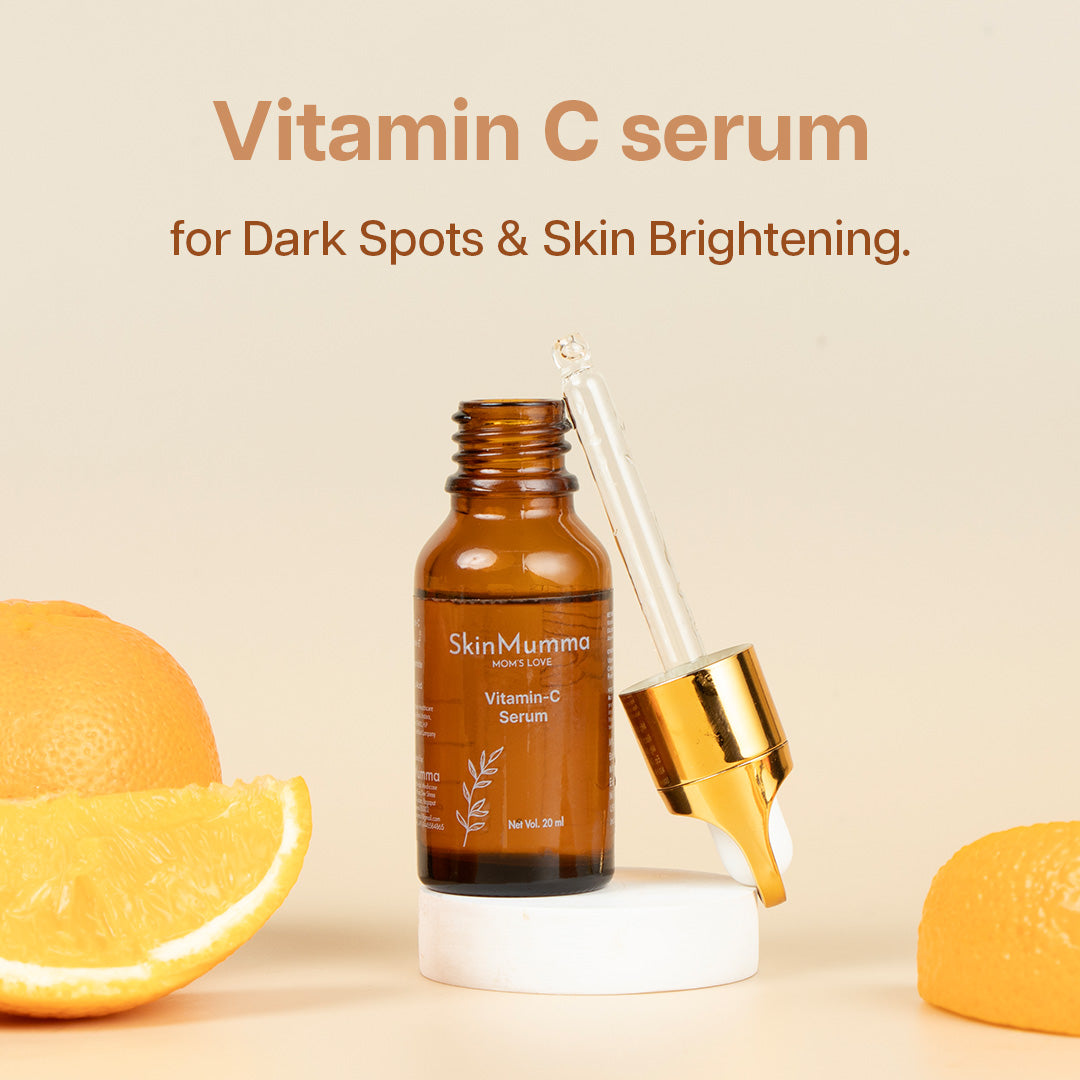Have you ever looked in the mirror and thought: “My skin just looks… flat. No glow. Even though I follow a decent routine”? You’re not alone. Many people struggle with a complexion that lacks radiance, even when they’re doing the “right” things. That greyish, tired-looking cast, the uneven tone, the rough patches — that’s what we commonly call dull skin.
In this post, you’ll discover what exactly defines dull skin, explore the top causes behind it, understand the clear signs of dull skin, and, most importantly, learn how to treat it with the right routine, dull skin products, lifestyle tweaks, and when to see a specialist.
Whether you’re typing dull skin causes, dull skin treatment, or dull skin care, you’re in the right place.
What Exactly Is Skin Dullness?
Skin dullness refers to a complexion that lacks brightness, light-reflectance, and appears tired or lifeless. In dermatological and skincare terms, this means: uneven tone, flat texture, rough patches, dry or flaky skin, and a surface that scatters light instead of reflecting it.
Signs of dull skin you might recognize include:
- Uneven texture (skin may feel slightly rough, bump-prone)
- Visible fine lines and a lack of “bounce” or glow
- A greyish or ashy cast rather than fresh radiance
- Enlarged or more noticeable pores, possibly because the texture is uneven
-
Dry patches or flaky areas that catch light differently
Why does skin look dull? Here are a few underlying mechanisms:
- Dead-cell build-up / slow skin-cell turnover means the surface layer remains thick and doesn’t reflect light well
- Dehydrated or compromised barrier → rough surface → less smooth, so less light reflection
-
Pigmentation or uneven tone causes parts of the skin to absorb light rather than reflect it
These factors (and more) work together to reduce your skin’s luminous appearance.
It’s worth noting: many blogs stop at “causes + remedies” but miss connecting to realistic timelines, product-lifestyle interplay, and the before & after expectation. We’ll go deeper.
Key Causes of Dull Skin
Below are the main reasons behind skin dullness — each gives a clue toward the right type of treatment.
Dehydration & Impaired Barrier:
When your skin lacks water or barrier lipids, its surface becomes rough, flaky, tight — light doesn’t reflect smoothly. Large studies confirm that dehydration correlates with poorer texture and luminosity.
Tip: if your skin is tight, flaky, or “chalky”, this is likely a top cause.
Dead Skin Cell Build-up / Slow Cell Turnover:
Your skin naturally sheds old cells and replaces them with fresh ones. But if this process slows (due to age, inadequate exfoliation, or damage), the surface layer becomes duller, more textured, and reflects less light.
This is a very common culprit behind a flat, lackluster look.
Environmental & Lifestyle Stressors:
Sun damage (UV), pollution, smoking, alcohol, poor sleep, and stress all degrade your skin’s structure, texture, and tone. They accelerate aging, increase pigmentation, and impair circulation — all of which contribute to a dull complexion. So under the banner of dull skin care, your habits matter.
Poor skincare habits or inappropriate products
Using harsh cleansers that strip your barrier, skipping SPF, over-exfoliating, or not removing makeup thoroughly — each of these can lead to a rough surface, barrier disruption, and dullness.
This cause is especially relevant if you feel you “do all the steps” yet still get a dull look.
Aging and hormonal changes:
As we age, cell turnover slows, collagen production dips, and barrier function weakens. Hormonal shifts (menopause, pregnancy, lifestyle) also influence skin tone and texture. These contribute to dullness over time.
So yes — age is a factor, but it’s not a life sentence.
Underlying health/diet factors:
Your skin reflects your internal state. Nutrient deficiencies (vitamins A, C, E, zinc), low vitamin D, a high-glycaemic diet, heavy alcohol or smoking — all reduce skin vitality, circulation, renewal, and lead to a dull cast.
At the end of the day, each cause suggests a treatment angle — which leads us to the next section.
How to Structure Your Dull Skin Treatment Routine
Here’s a step-by-step routine for dull skin treatment and dull skin care, showing what to use, when, and why.
Cleanse Gently & Regularly
Start with a mild, non-stripping cleanser that removes dirt, makeup, SPF, and pollution residue. A clean canvas means your subsequent products can work properly. Avoid harsh scrubs or cleansing brushes if the barrier is compromised.
Exfoliate & resurface smartly.y
To tackle dead skin cell build-up, incorporate exfoliation 1–2 × per week — chemical (AHA like glycolic/lactic, BHA like salicylic) or gentle physical alternatives (smooth, non-scratchy).
Exfoliation exposes fresher skin, improves texture, and brightness.
Be realistic: if you exfoliate too frequently or harshly, you might damage your barrier instead — and that worsens dullness.
Hydrate + repair barrier
After exfoliation, hydration is key. Use humectants like hyaluronic acid, glycerin; barrier-lipid repairers like ceramides, squalane; and gentlemoisturizers. Hydrated, smooth skin reflects more light.
This step addresses those dehydration/impaired barrier causes mentioned above.
Brightening actives & targeted treatments
Now use active ingredients aimed at tone and radiance:
-
Vitamin C (ascorbic acid)
-
Niacinamide
-
Alpha-arbutin, licorice root extract
-
Gentle retinoids (if barrier-safe)
These help even skin tone, reduce pigmentation, and support renewal.
Here, you’ll want the best skin products for dull skin. Choose serums or creams with these actives.
Mention “dull skin products” – yeah, this is the category to shop smartly.
Daily sun-protection & antioxidant layer
You must apply broad-spectrum SPF 30+ daily — even in cloud cover — to prevent UV-induced collagen breakdown, pigmentation, and dull texture.
Add an antioxidant serum (vitamin C, E, green tea, etc) to defend against pollution/free-radical damage.
Realistic timeline
- Hydration improvements: Within 2-4 weeks, you should feel smoother, less tight.
- Visible texture/brightness change: 8-12 weeks of consistent routine.
- Deeper damage (sun/pigmentation/age): 3-6 months or more, possibly with professional help.
This sets reasonable expectations: you’re not going from dull to glowing overnight.
Best Skin Products and Ingredients to Revive Radiance
When selecting dull skin products, here’s what to look for + how to interpret labels. Then we’ll look at the top ingredients.
How to evaluate products for dull skin:
- Ingredient list matters more than marketing claims.
- Look for clinical data (if available) about texture/brightness/turnover.
- Packaging: lots of actives (vitamin C, AHAs) degrade if the product isn’t opaque/air-tight.
-
Choose according to your skin type (dry vs oily vs sensitive) — one formula doesn’t fit all.
Top ingredients for dull skin:
- Exfoliants: Glycolic acid, lactic acid, salicylic acid (help with dead skin cell build-up).
- Brighteners: Vitamin C (ascorbic acid or stable forms), niacinamide, alpha-arbutin, licorice root — these support tone, diminish roughness.
- Hydrators: Hyaluronic acid, glycerin — draw in water, plump surface.
- Barrier repair/emollients: Ceramides, squalane, fatty acids — smooth surface, allow light to bounce.
-
Antioxidants & protective: Vitamin E, green tea extract, resveratrol — protect from environmental dulling.
Product Types you might use:
- A brightening serum (morning)
- A renewal mask/peel (1-2× week)
- Daily moisturizer with barrier support
- Broad-spectrum SPF (morning)
-
Targeted treatment cream for tone/texture (evening)
And remember the concept of “dull skin before and after”: with consistent use of the right products + routine + time, one should see smoother, more radiant skin. Visualize fewer rough patches, more bounce, more “light” returning to your complexion.
Bonus tip: for sensitive skin, introduce one active at a time, patch test, and monitor for irritation.
Diet & Lifestyle Strategies for Radiant Skin
Because skincare alone won’t fix everything. For true dull skin care, your habits matter.
Nutrition for glow
Eat foods rich in antioxidants (berries, dark leafy greens), omega-3 fats (salmon, flaxseed), vitamins A/C/E, and zinc. These nutrients support skin renewal and collagen production. Avoid high-glycaemic and ultra-processed foods — they accelerate collagen breakdown and lead to a duller look.
Hydration & sleep
Drink adequate water. Sleep matters. When you’re sleep-deprived, your skin’s repair cycle slows, circulation drops, and you end up looking fatigued and dull.
Aim for 7-9 hours of good quality sleep, and avoid a very late night habitually.
Stress, smoking & alcohol
Chronic stress raises cortisol, siphoning nutrients away from skin repair; smoking depletes vitamins, irritates circulation; alcohol dehydrates. These all contribute directly to a dull-looking complexion.
Actionable: moderate (or quit) alcohol, stop smoking, practice stress-management (meditation, yoga, good movement), and avoid hot showers that strip moisture.
Habits that subtly dull skin
- Skipping makeup removal or cleansing properly → buildup.
- Heavy smoking/indoors-only lifestyle → poor circulation to facial skin.
- Excessive sun exposure without protection → UV-damage and dulling.
-
Sedentary lifestyle (poor circulation) → less “glow-driving” blood flow.
When you combine tweaks to your diet, hydration, and lifestyle with your skincare routine, you give yourself the best chance for visible results.
When to See a Dermatologist & Professional Treatments
If you’ve done the right routine, used good dull skin treatment products, made lifestyle tweaks for 3-4 months, and your skin still looks persistently dull (or you have additional concerns like persistent pigmentation, rough texture, visible sun damage) — it’s time to consult a professional.
Professional options include:
-
Chemical peels (to resurface dead layers)
-
Microneedling or radio-frequency treatments (for deeper texture/tone).
-
Laser/IPL treatments for pigmentation or uneven tone.
- Prescription brightening agents for sun damage or hormonal dullness.
A dermatologist can determine whether underlying health factors (hormonal, nutritional, or circulatory) are contributing to the condition. This step brings in the “authoritative” angle to your blog.
The Bottom Line: Your Road to Radiant Skin
Dull skin is a common, very treatable concern. The key messages:
-
Understand that it’s not just “bad genes” — multiple factors (external + internal) play a part.
-
A well-structured routine (with cleansing, exfoliation, hydration, brightening, protection) + the best skin products for dull skin + good lifestyle (diet, sleep, stress) gives you your best shot.
-
Be patient: hydration improvements can show in weeks; tone and texture improvements often take 8-12 weeks; deeper damage may need months or professional help.
-
The promise of noticeably dull skin before and after transformation is real — but only if you are consistent and holistic in your approach.
Start today: apply your SPF + antioxidant in the morning, cleanse and moisturize tonight, pick a gentle exfoliant for this week, eat a leafy salad, sleep for 7½ hours. These first small steps add up.
Remember: radiance isn’t just about light bouncing off your skin—it’s your skin being healthy, renewed, nourished, and protected. Your glow is your skin saying: “I’m in good shape”.
FAQs:
1. How to brighten dull skin?
To brighten dull skin, start with gentle exfoliation two to three times a week to remove dead cells that make your skin look tired. Follow it up with a Vitamin C or Niacinamide serum — both are known to improve brightness and even skin tone. Keeping your skin hydrated is just as important, so use a lightweight moisturizer in the morning and at night. Always finish your routine with sunscreen during the day to prevent sun-related dullness. A consistent skincare routine, combined with a balanced diet and proper hydration, is the most effective way to restore your skin’s natural glow.
2. Why does my skin look dull?
Your skin can look dull for several common reasons. Dehydration, poor sleep, pollution, stress, and the accumulation of dead skin cells can all contribute to a loss of radiance in your complexion. Skipping sunscreen or using harsh skincare products can also damage your skin barrier, leaving it dry and uneven. In some cases, dullness is linked to lifestyle — smoking, lack of nutrients, or inadequate cleansing, all slow down skin renewal. Addressing these root causes through consistent care and hydration helps your skin regain its natural brightness and smooth texture.
3. How to brighten dull skin naturally?
You can brighten dull skin naturally with simple, home-based remedies and daily care. Apply face masks made with honey, turmeric, or aloe vera — these ingredients help nourish and refresh tired-looking skin. Exfoliate once or twice a week using natural scrubs like oatmeal or coffee to remove impurities. Eat foods rich in antioxidants such as oranges, berries, and leafy greens to support skin health from within. Staying hydrated and sleeping 7–8 hours every night also plays a key role in restoring your skin’s natural radiance.
4. How to make dull skin glow?
To make dull skin glow again, focus on three main things: cleansing, hydration, and protection. Start your day with a mild cleanser, followed by a toner and a glow-boosting serum that contains Vitamin C or Hyaluronic Acid. Lock in moisture with a nourishing moisturizer and finish your routine with a broad-spectrum SPF. Avoid harsh scrubs or drying cleansers that can damage the skin barrier. When your skin is clean, hydrated, and protected from sun exposure, it naturally starts to look fresher and more luminous.
5. How to avoid dull skin?
You can avoid dull skin by following a simple, consistent skincare routine and maintaining healthy habits. Always remove makeup before sleeping, exfoliate gently to keep your skin smooth, and moisturize twice a day. Protect your skin from the sun with a good SPF every morning. Stay hydrated, eat antioxidant-rich foods, and get enough sleep to help your skin repair overnight. Avoid smoking and limit alcohol, as both can reduce skin oxygen levels and slow down renewal. Regular care and sun protection are key to keeping your skin bright and healthy.












Dr Manisha Bindal is the senior dermatologist and laser skin expert with more than 25 yrs of experience in clinical practice. She has to her credit various advanced skin care procedures and Laser skin treatment protocols including chemical peels, fillers, threads and injections. You can trust the expert hands for any skin or hair related problems or any procedure if need be.